Houses had chimneys for hundreds of years because fireplaces were what people used to use for cooking and heating. Unfortunately, there was no such thing as a gas stove or an oven that you could control and monitor from your phone.
New homes can have chimneys, but they’re rarer than they were decades ago. Home builders build homes without chimneys to save money and space.
Fewer homes are now built with chimneys because most buyers don’t want fireplaces. Instead of using a traditional fireplace, they’d instead heat their homes with the HVAC system. Skipping the chimney and fireplace also reduces the risk of fires in the house.
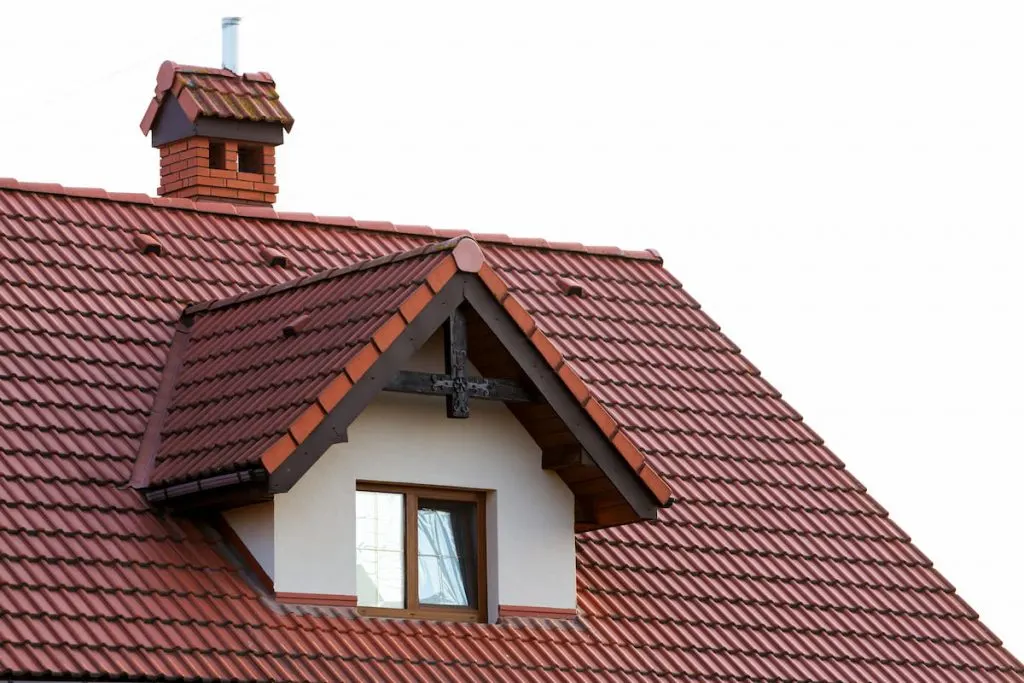
In addition, without a chimney, you don’t have to deal with any issues related to maintenance and safety. It gives people peace of mind knowing there aren’t any animals in the chimney or harmful gases building up inside the chimney.
However, you can still have a fireplace even if your new house doesn’t have a chimney. Modern fireplaces can vent through the duct system when appropriately built.
If you’re buying a home and want to plan for a potential future fireplace installation, here’s what you need to know about chimneys and modern alternatives.
Older Homes Needed Chimneys
In the 1900s and earlier, homes used fireplaces and furnaces to heat homes. If you’ve ever made a fire, you know how much smoke and heat they produce. Wood-burning stoves create a lot of smoke, and you need somewhere for all that smoke to go.
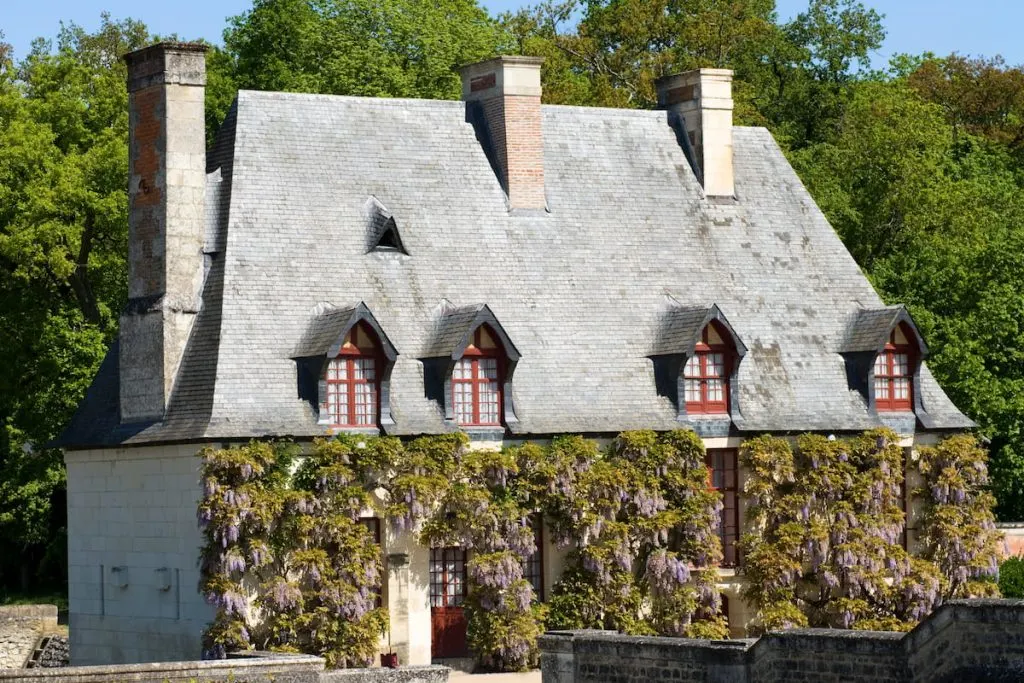
Rather than let it flood into the house where it can poison people, houses had chimneys with enough space to push the smoke up and out. They operate with a flue system and chimney design, which drafts the smoke away from a kitchen or living room and pushes it outdoors.
Why New Houses Don’t Usually Have Chimneys
Chimneys are a thing of the past for several reasons.
First is the cost. Chimneys are usually made from brick or stone, which can be very expensive. A traditional chimney will add thousands of dollars to the price of your home.
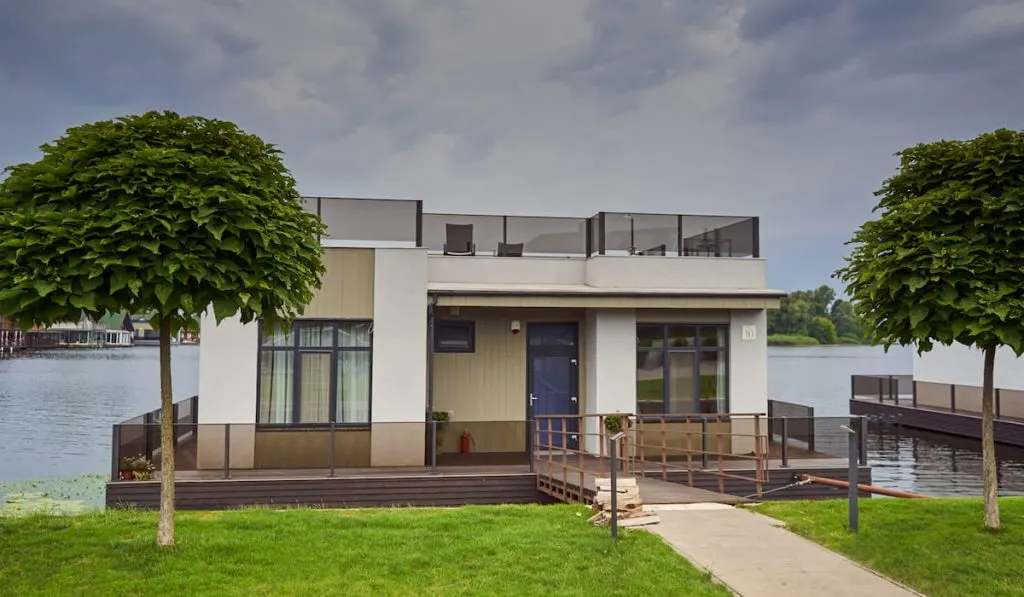
People don’t build chimneys for the same reason they don’t build completely brick houses. They’re expensive! Nowadays, you typically see siding on the sides and back of a house and a brick veneer on the front. People still love how brick looks but want a more affordable option.
Safety is another reason why people don’t love chimneys. Of course, fire risk is associated with indoor open fires, but people must clean chimneys regularly to prevent carbon monoxide buildup.
Chimney maintenance can be costly and dealing with anything from a blocked chimney to bird or raccoon removal is a pain.
Finally, chimneys take up a lot of space! New homes try to maximize living spaces with modern solutions, so you’re much less likely to see chimneys in new construction. If you want a chimney, you’ll have to work with a custom builder, which will cost you.
New Homes Are Using Gas Fireplaces More
New homes usually have gas fireplaces instead of wood-burning fireplaces. Gas is more convenient; you can start a fire with the flip of a switch or even from your phone. No more lighting matches or playing with lighter fluid.
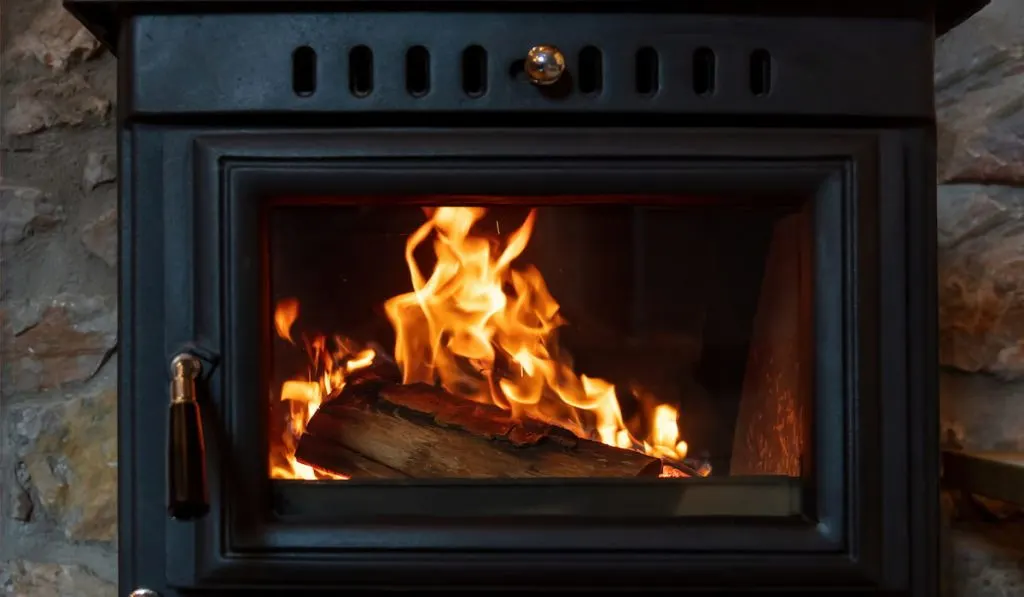
Many neighborhoods in the United States have a gas line running into them, so installing a gas fireplace doesn’t take much work. In addition, it’s very safe, and natural gas is relatively affordable.
Modern Ventilation Systems Don’t Need Chimneys Anymore
Gas fireplaces still need good ventilation to take excess heat and smoke out of the house. However, home builders mostly build a gas fireplace ventilation system into the existing duct system instead of a chimney.
This way, builders don’t need to build a huge chimney that takes up so much space. Instead, they vent the fireplace through the HVAC ducts and out of the house.
If you look at most modern homes in America, you’ll see several ventilation pipes sticking out of the roof. This is where everything from bathroom fans, stove exhausts, and other appliances vent to the outdoors.
Most vents run through your ceiling and up your walls, joining together before exiting via the roof. Expert home builders design duct systems that vent your home safely and quickly. The number of vent pipes in your roof depends on how many appliances you have running and how big your house is.
Expect to Pay More for a Chimney
If you’re nostalgic or simply love the way a traditional brick chimney looks, you can still build one in a new home. Expensive houses sometimes have real chimneys, though most of them are facades.
Because the materials cost more, you’ll pay more for chimney installation than venting your fireplace through your vent system. In addition, stone masons are in-demand in the U.S.; as a result, they can charge premiums for work like chimney construction.
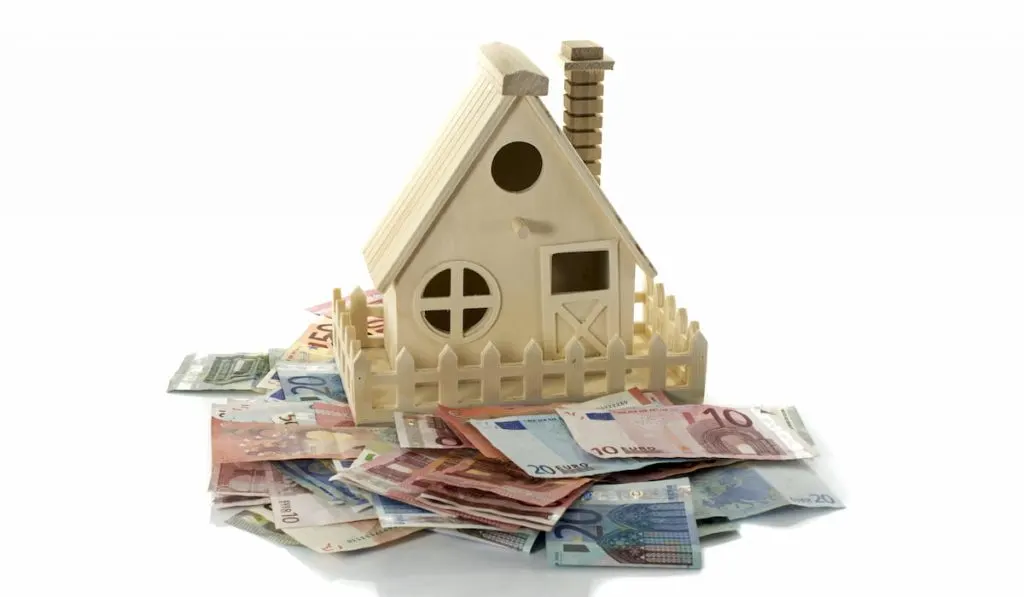
You should also expect to pay a premium on labor whenever you need maintenance or repairs. Unfortunately, over the past 100 years, there has been a significant decline in the number of chimney sweeps in the country.
Anytime you have fewer people doing a job, it will likely cost you more when you need to hire someone for that job. So, chimney sweeping every year before winter starts will likely cost you hundreds of dollars.
Final Thoughts
Building a traditional chimney in a new home will probably require plenty of advanced notice. In addition, you’ll likely need to work with a spec builder who has the resources to meet special client demands like pool installation or building a chimney.
You may also be able to burn wood in a modern fireplace that vents into the duct system rather than build a new chimney that takes up so much space and costs so much more.
Talk to your builder about whether you can install a fireplace that burns wood. Otherwise, it’s more sensible to use a natural gas fireplace that burns cleaner and costs you a fraction of the price.
Having a fireplace is still a great feature for homes, even if you don’t have a fireplace. You’ll deal with fewer maintenance issues and have more space inside!
